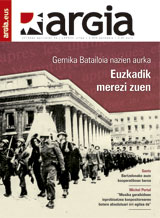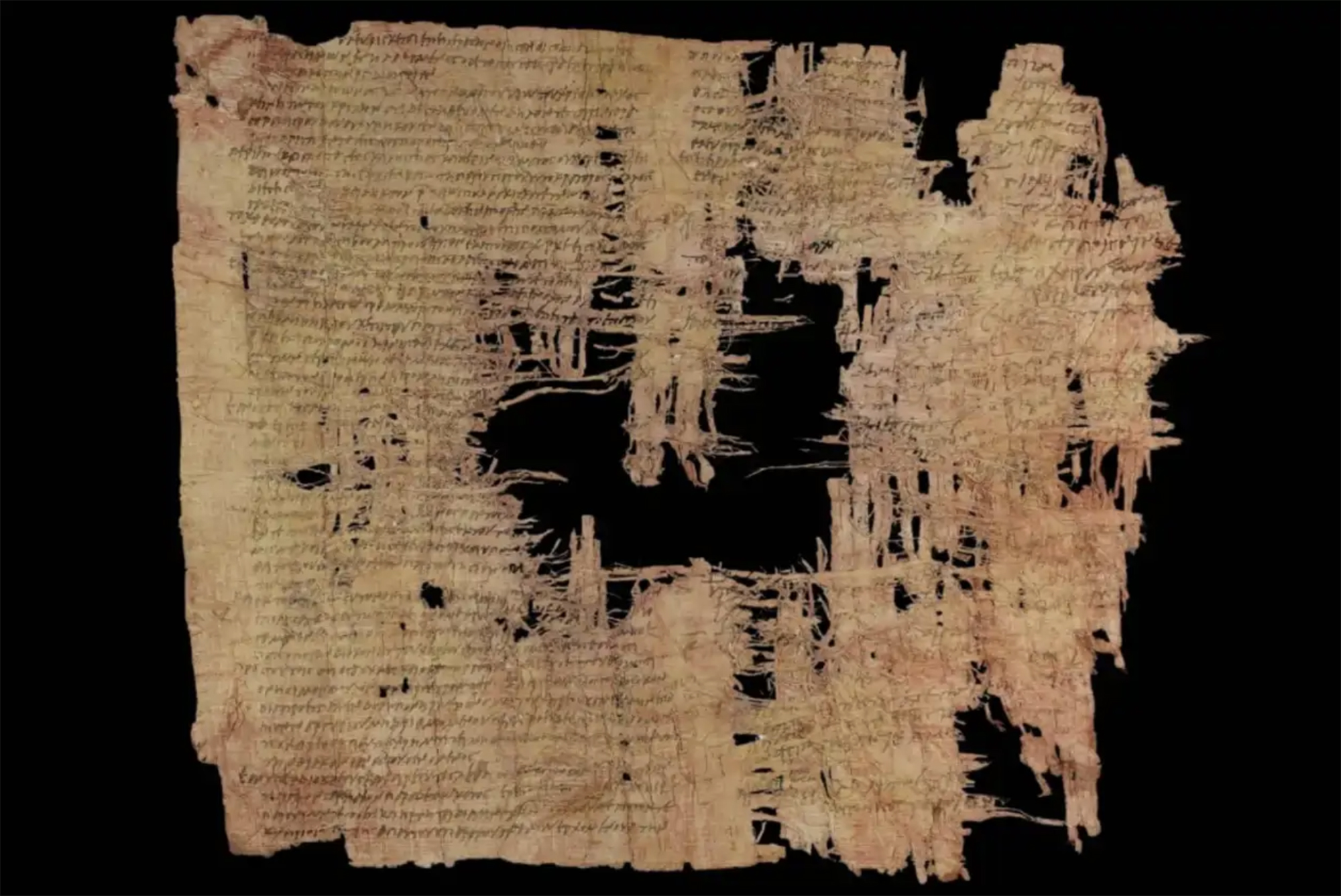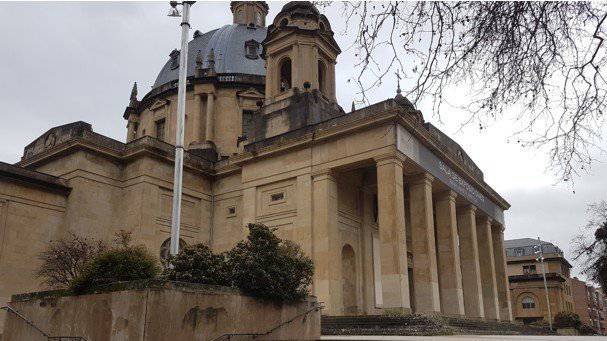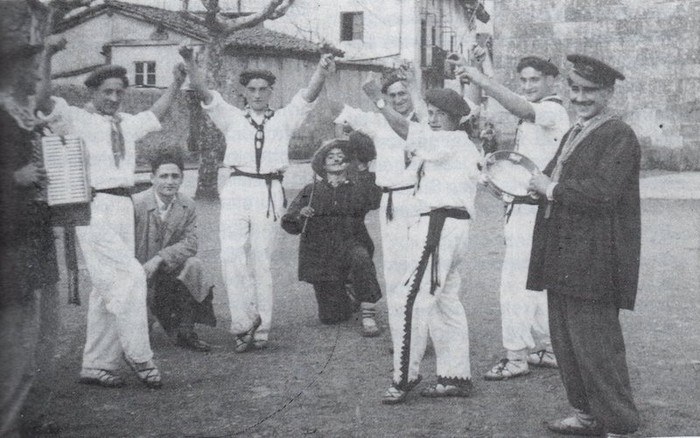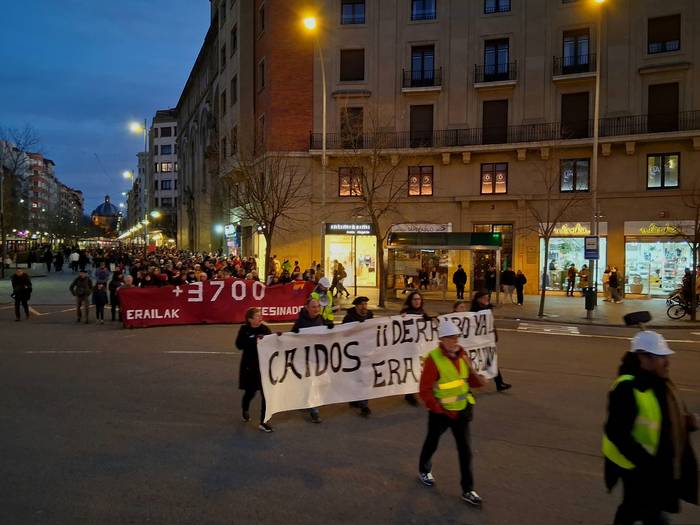Vikings and Muslims United by the Ring
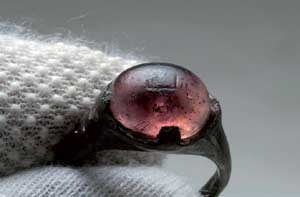
At the end of the 19th century a ring with the inscription “Il-la-lah” (by Alara or Allah) was discovered in Sweden, a major shopping centre during the Viking era. And recently, the biophysical at Stockholm University, Sebastian Wärmländer, has analyzed the piece in detalle.La conclusion is that the ring was used very little, as it had few or one of its owners. Therefore, the Muslim ring did not come by chance to Scandinavia. The Viking saga and chronicles speak of the Vikings being to the Caspian Sea, the Black Sea and beyond, but it is difficult to distinguish between reality and fiction in these stories. According to Wärmländer, “the ring confirms the relationship between the Vikings and the Islamic world.”
Judea, 2nd century AD. In the turbulent atmosphere of the Roman province, a trial was held against Gaddaliah and Saul, accused of fraud and tax evasion. The trial was reported on a 133-line paper in Greek (pictured). Thinking that it was a Nabataean document, the papyrus was... [+]
Poloniar ikerlari talde batek Sevillako Italica aztarnategiko Txorien Etxea aztertu du, eta eraikinaren zoruko mosaikoak erromatar garaiko hegazti-bilduma xeheena dela ondorioztatu du.
Txorien etxean 33 hegazti daude mosaikoetan xehetasun handiz irudikatuta. Beste... [+]
Archaeologists have discovered more than 600 engraved stones at the Vasagård site in Denmark. According to the results of the data, dating back to 4,900 years ago, it is also known that a violent eruption of a volcano occurred in Alaska at that time. The effects of this... [+]
Vietnam, February 7, 1965. The U.S. Air Force first used napalma against the civilian population. It was not the first time that gelatinous gasoline was used. It began to be launched with bombs during World War II and, in Vietnam itself, it was used during the Indochina War in... [+]
I just saw a series from another sad detective. All the plots take place on a remote island in Scotland. You know how these fictions work: many dead, ordinary people but not so many, and the dark green landscape. This time it reminded me of a trip I made to the Scottish... [+]
Japan, 8th century. In the middle of the Nara Era they began to use the term furoshiki, but until the Edo Era (XVII-XIX. the 20th century) did not spread. Furoshiki is the art of collecting objects in ovens, but its etymology makes its origin clear: furo means bath and shiki... [+]









